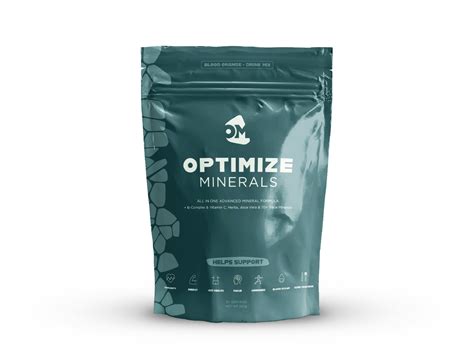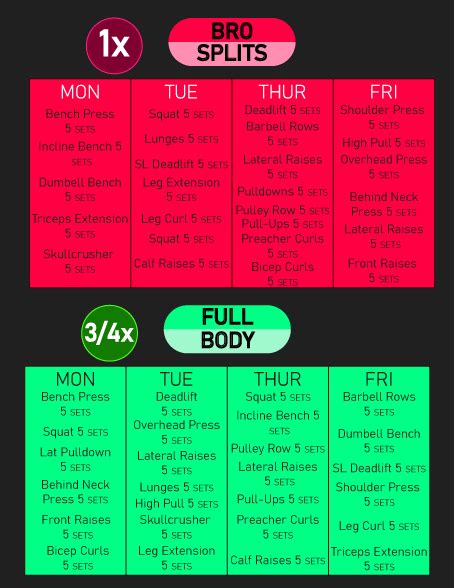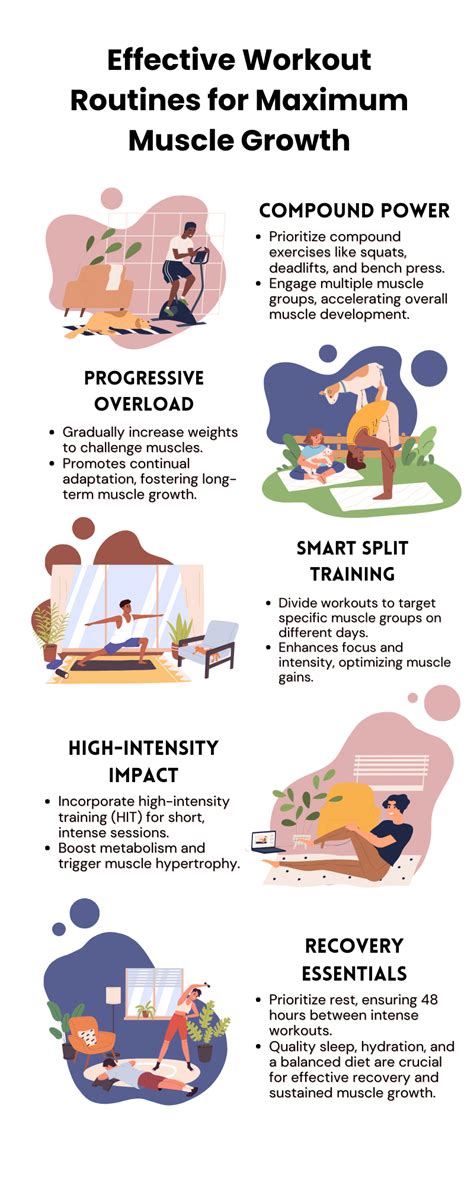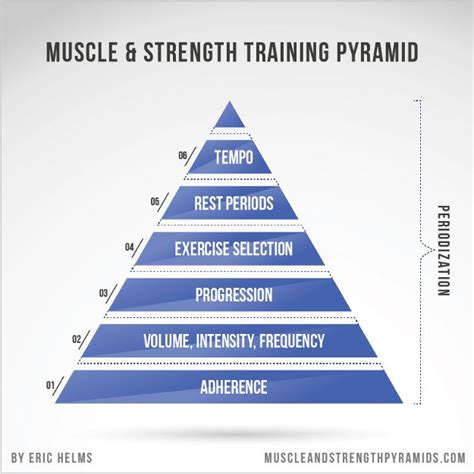How to optimize training volume for peak hypertrophy and strength gains?

The Crucial Role of Training Volume in Muscle and Strength Development
Training volume stands as one of the most critical variables in any resistance training program aimed at maximizing muscle hypertrophy and strength. It refers to the total amount of work performed, typically quantified by the number of sets, repetitions, and sometimes load (sets x reps x weight). While the desire to lift heavier or train longer is often present, simply doing more isn’t always better. The true art lies in finding the optimal volume that challenges the body enough to adapt without exceeding its recovery capacity.

Understanding the Volume-Response Relationship: MEV, MAV, and MRV
To effectively optimize training volume, it’s essential to understand the concepts of Minimum Effective Volume (MEV), Maximum Adaptive Volume (MAV), and Maximum Recoverable Volume (MRV), popularized by Dr. Mike Israetel and Renaissance Periodization.
- Minimum Effective Volume (MEV): This is the lowest amount of training volume that is sufficient to stimulate a positive adaptation, such as muscle growth or strength gain. Training below this threshold likely won’t yield significant results.
- Maximum Adaptive Volume (MAV): This represents the range of volume where an individual experiences their best gains. It’s the ‘sweet spot’ where the stimulus is high enough for robust adaptation, but recovery is still manageable. This range is dynamic and changes over time.
- Maximum Recoverable Volume (MRV): This is the absolute upper limit of training volume an individual can recover from within a given timeframe. Exceeding MRV consistently leads to overtraining, performance decline, increased injury risk, and diminished gains.
The goal of an optimized program is to spend most of your training time within your MAV, periodically pushing towards your MRV for short cycles to maximize adaptation, followed by strategic reductions in volume (deloads) to ensure full recovery.
Key Principles for Volume Optimization
Individualization is Paramount
There is no universal ‘perfect’ training volume. Your optimal volume is highly individual and influenced by a multitude of factors:
- Training Age: Beginners typically require less volume to progress than advanced lifters.
- Genetics: Some individuals have a higher capacity for work and recovery.
- Lifestyle Factors: Sleep quality, nutrition, stress levels, and occupational demands significantly impact recovery.
- Exercise Selection: Compound movements (e.g., squats, deadlifts) are more taxing and may necessitate lower set counts than isolation exercises.

Progressive Overload Through Volume
While often associated with increasing weight, progressive overload also applies to volume. Gradually increasing your sets or reps over time is a fundamental driver of adaptation. However, this increase should be systematic and mindful of your recovery capabilities. Simply adding sets without proper recovery can lead to diminishing returns.
Prioritize Recovery
Optimizing volume is inextricably linked to optimizing recovery. Adequate sleep (7-9 hours), sufficient protein intake, proper hydration, and effective stress management are not just supplementary; they are foundational to handling higher training volumes and facilitating adaptation. Without robust recovery, even an ideal training stimulus can become detrimental.
Practical Strategies for Implementing Optimal Volume
Start Conservatively and Adjust
Begin with a moderate volume—perhaps 10-12 hard sets per muscle group per week—and observe your body’s response. Track your performance (weights, reps), energy levels, sleep quality, and general well-being. If you’re progressing well and recovering, you can gradually increase volume (e.g., by 1-2 sets per week) until gains plateau or signs of fatigue appear.

Monitor Performance and Fatigue
Pay close attention to indicators of overtraining or under-recovery:
- Decreased Performance: Lifts feel harder, weights drop, or reps decrease despite consistent effort.
- Persistent Fatigue: Chronic tiredness, lack of motivation, or difficulty sleeping.
- Joint Aches and Pains: Lingering discomfort that isn’t typical muscle soreness.
- Elevated Resting Heart Rate: A subtle but important physiological sign.
When these signs emerge, it’s a clear signal that you might be exceeding your MRV and need to reduce volume or take a deload week.

Utilize Deloads and Periodization
Strategic deload weeks (reducing volume and/or intensity) are crucial for managing cumulative fatigue and allowing your body to fully recover and resensitize to training. Incorporate them every 4-6 weeks, or as needed, especially after periods of high-volume training. Periodizing your training, by cycling through phases of higher and lower volume, can also be an effective strategy for long-term progress.
Conclusion: The Dynamic Pursuit of Peak Performance
Optimizing training volume is not a one-time calculation but a dynamic and continuous process of experimentation, monitoring, and adjustment. It requires an honest assessment of your individual capacity, commitment to recovery, and willingness to adapt your program based on real-time feedback from your body. By understanding the principles of MEV, MAV, and MRV, and applying practical strategies, you can fine-tune your training to consistently maximize hypertrophy and strength gains while minimizing the risk of burnout and injury. The goal is to consistently provide enough stimulus for growth without overwhelming your body’s ability to adapt, ensuring sustainable progress towards your fitness goals.









